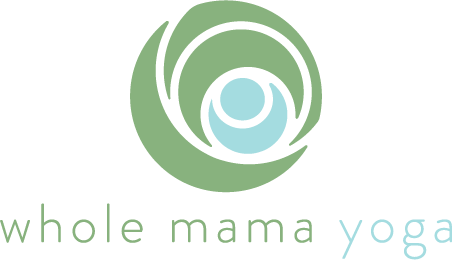Keep it Simple: Downward Facing Dog
Downward Facing Dog is one of my favorite poses. I teach this pose as both assessment and prescription. We can pause in downward facing dog and notice our baseline in each practice. Notice our energy, the tension we are holding in our bodies, the ways that we feel open.
It is a pose that allows us to check in.
It is also in essence an inversion in which we can really feel activity of the mind surrendering to heartspace. When I move into downward dog, that familiar foundational pose, I feel grounded through strong hands pushing the floor away and energetic and physical release as I stretch through the backs of my legs. This pose helps me feel balanced; grounded and strong, open and gentle.
Here's the thing though:
Even though downward facing dog, is a fundamental pose in most systems of hatha yoga, it isn't an enjoyable or accessible pose for everyone. Downward facing dog is considered a resting pose in a traditional Ashtanga or Vinyasa practice, because it provides a break from flowing from one movement to the next. However, I am sure a number of you have gone "what the F" when the teacher says "rest in downward facing dog". If you have difficulty or struggle with downward facing dog, it is because it is difficult.
Simply put, stillness doesn't equal ease and there are a number of reasons this "resting pose" might feel like an extra challenge for you.
Downward facing dog requires a great deal of flexibility in the hamstrings, gastrocsoleus complex, and upper extremity strength and shoulder and thoracic range of motion that is restricted in much of the general population. If the pose is just difficult – as in fatigue in the shoulders and arms, you’re not alone. We typically don't spend a lot of time weight-bearing on upper extremities in daily life and it can take time to build enough strength to be able to really enjoy this pose. Pregnancy and postpartum changes can add other factors that might make this pose less than enjoyable for some.
If you're finding downward facing dog to be difficult during pregnancy or cause feelings of dizziness, change of center of gravity, swayback posture and abdominal pressure might be contributors. If you're finding that you have difficulty with this postpartum, I highly suspect pectoral tightness, thoracic stiffness and fatigue are factors. In terms of how this pose affects the pelvic floor - it varies so much person to person and research shows us that while this pose can help relax pelvic floor muscles in one individual, others have increased intraabdominal pressure and can experience discomfort here. This just reinforces that it's not the pose that's good or bad - it's how you do it and how it feels in your body.
My recommendation: Keep it Simple. Life is always throwing us curve balls and your yoga practice doesn't need to be a place of struggle. Let your breath be your guide and know that if you can breathe fully with a calm and supportive inhale and exhale you're probably right where you need to be. Take breaks in child's pose as necessary and be patient with strength building. Perform lots of chest openers, thoracic mobility exercises and hamstring stretching.
The pose won’t get easier, but you will get stronger.

